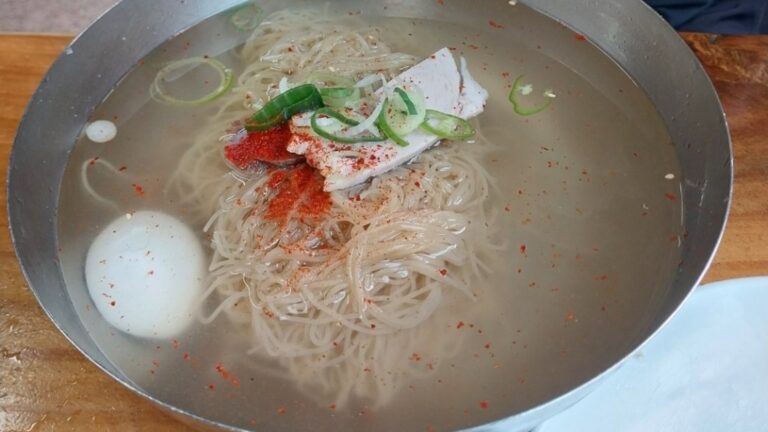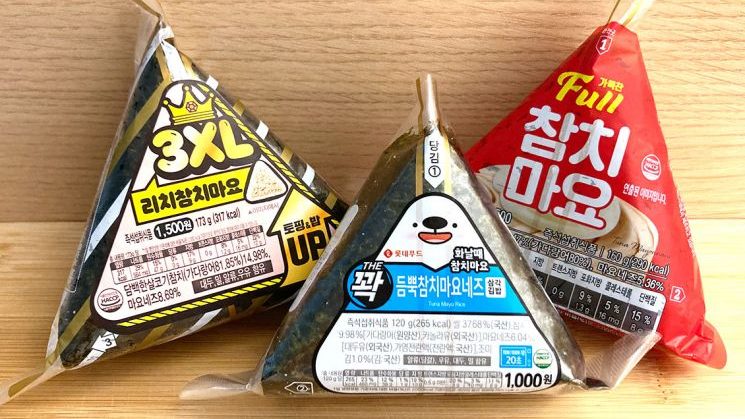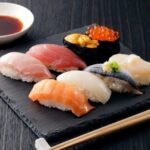Korean Coffee Culture
When you visit a convenience store or supermarket during your trip to Korea, one thing that will almost certainly catch your eye is “mix coffee” (믹스커피).
With its unique flavor and distinctive packaging—quite different from Japan’s instant coffee—it often piques the curiosity of many Japanese travelers.
In this article, we’ll explore the differences between Korean and Japanese coffee cultures from various perspectives, such as stick coffee, café culture, and consumer habits.
What Is Korean “Mix Coffee”?
Mix coffee (믹스커피) is a convenient coffee stick that contains instant coffee, sugar, and creamer all in one.
Just add hot water, and you’ll have a smooth, sweet cup of coffee ready in seconds.
In particular, the brand “Maxim (맥심)” enjoys overwhelming popularity in Korea. You can find it not only in supermarkets and convenience stores but also in offices and homes all across the country.
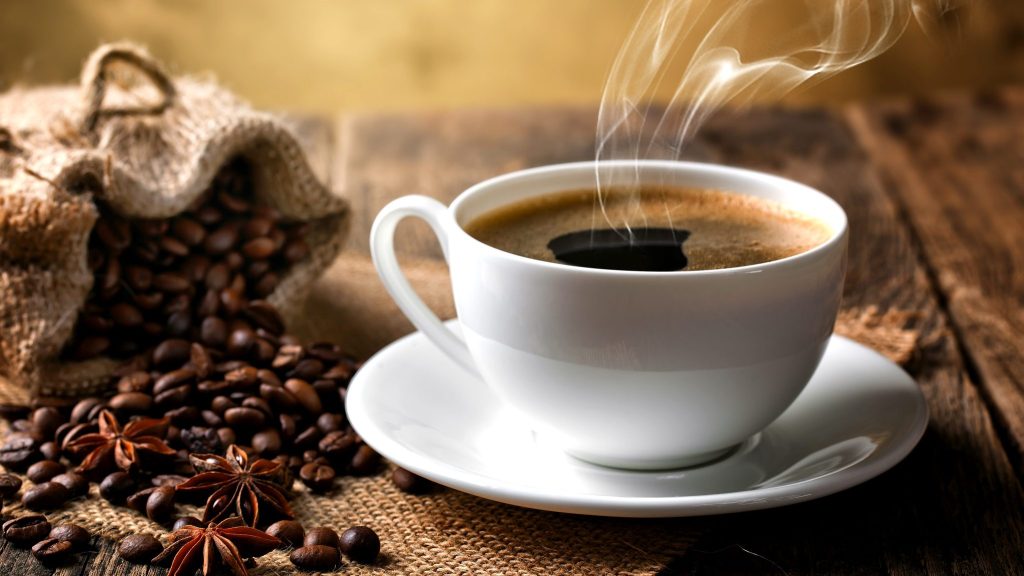
Differences Between Japanese and Korean Stick Coffee
| Feature | Korean Mix Coffee | Japanese Stick Coffee |
|---|---|---|
| Flavor Profile | Sweet and creamy | Mostly black or mildly sweet |
| Composition | Coffee + sugar + creamer | Coffee only or latte type |
| Target Audience | Mass market, for offices and homes | Health-conscious, individual use |
| Brand Examples | Maxim, KANU | AGF, Blendy, Nescafé |
Why Is Korean Mix Coffee Popular Among Japanese People?
Korean mix coffee has become popular in Japan for several reasons when compared to Japanese products:
- Frequent Appearances in Dramas
It often appears in Korean dramas and variety shows, sparking curiosity among Japanese viewers. - Retro and Cute Design
The colorful, slightly vintage-style packaging is often described as “very Korean” and “cute.” - Affordable Price
It’s inexpensive even when bought in bulk, making it perfect as a souvenir. - Surprisingly Unique Taste
For Japanese people who prefer black coffee, the sweetness and richness of Korean mix coffee can be surprising—but many find it “refreshing and delicious.”
Characteristics of Korean Café Culture
Korean café culture is incredibly well-developed, and it stands out for several reasons:
- A Huge Number of Cafés
There are thousands of cafés just in Seoul, and no matter which neighborhood you visit, you’re sure to find one nearby. - Comfortable Spaces to Stay Longer
Most cafés provide Wi-Fi, power outlets, and spacious seating. Many people use them for studying or working on laptops. - A Variety of Unique Theme Cafés
From animal cafés and bookstore cafés to art-themed ones, there are plenty of Instagram-worthy spots that attract both locals and tourists. - Fast-Changing Trends
When a trend appears—like dalgona coffee or salted butter latte—it spreads rapidly across cafés nationwide.
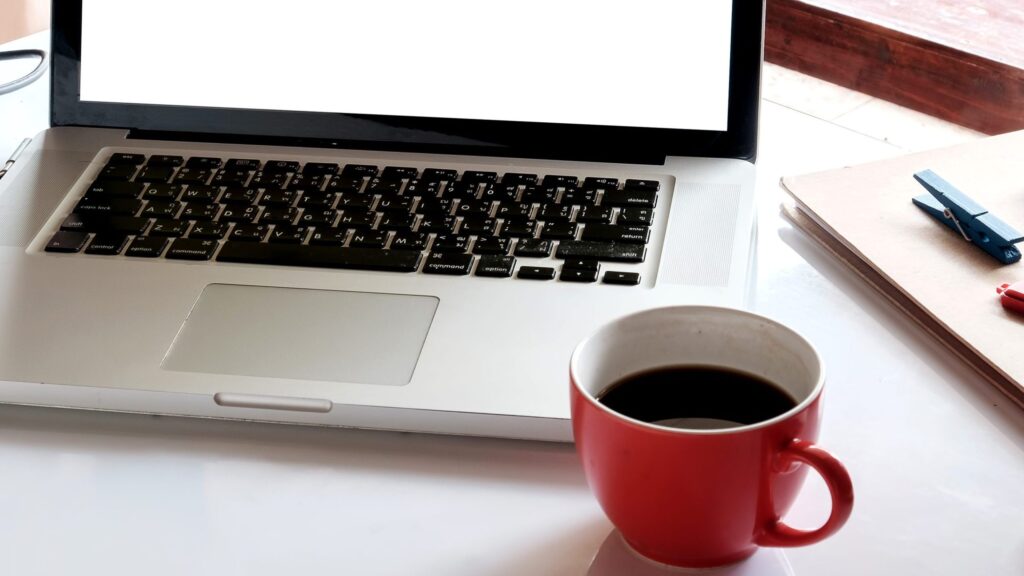
On the Other Hand, What About Japan’s Café Culture?
Japan also has a long-standing kissaten (喫茶店) culture, but its style differs slightly from Korea’s:
- Distinction Between “Kissaten” and “Cafés”
Traditional kissaten (純喫茶) and modern cafés serve different customer groups and purposes. Kissaten are often nostalgic, quiet spaces for reading or relaxing, while modern cafés attract younger crowds. - Emphasis on Quiet Atmosphere
Compared to Korea, Japan tends to value peaceful, calm spaces where people can stay quietly rather than socialize actively. - Focus on Coffee Quality
The number of cafés offering Third Wave specialty coffee is increasing. Many customers are particular about the type of beans used and the brewing method.

Differences in Taste Preferences Seen in Mix Coffee
Overall, Koreans tend to prefer sweet and rich flavors. From soju and stews to instant ramen and coffee, they enjoy strong, pronounced tastes.
In contrast, many Japanese people prefer milder and more restrained flavors, so instant coffee that is less sweet or unsweetened black is popular.
Because of this difference, some Japanese may find Korean mix coffee a bit too sweet, while others enjoy it and say, “This taste isn’t bad at all!”, becoming fans of it.
Recommended Mix Coffees to Buy on a Trip to Korea
Here are some mix coffees you should try at least once during your trip to Korea—and they also make great souvenirs:
- 맥심 모카골드(Maxim Mocha Gold)
A classic Korean mix coffee. Smooth, sweet, and widely liked without being overwhelming. - Maxim White Gold (맥심 화이트골드)
Creamier and milkier, perfect for those who enjoy café au lait flavors. - KANU Americano Series (카누 아메리카노 시리즈)
Stick-type coffee meant to be enjoyed black, without sugar or milk. Popular in Korea as a “grown-up flavor.” - KANU Latte Series (카누 라떼 시리즈)
Recommended for latte lovers. Not too sweet, with a taste close to café quality.
Summary: Cultural Differences Between Korean and Japanese Coffee
Coffee is more than just a drink; it reflects a country’s lifestyle, taste preferences, and culture.
Korean coffee embodies a culture that is convenient, sweet, and meant to be enjoyed together, while Japanese stick coffee reflects a more individualistic approach, allowing people to choose according to their personal taste.
When traveling in Korea, be sure to enjoy coffee at a local café or pick up some mix coffee at a supermarket. You’ll definitely experience a different taste and cultural vibe compared to Japan.
Table of Contents




